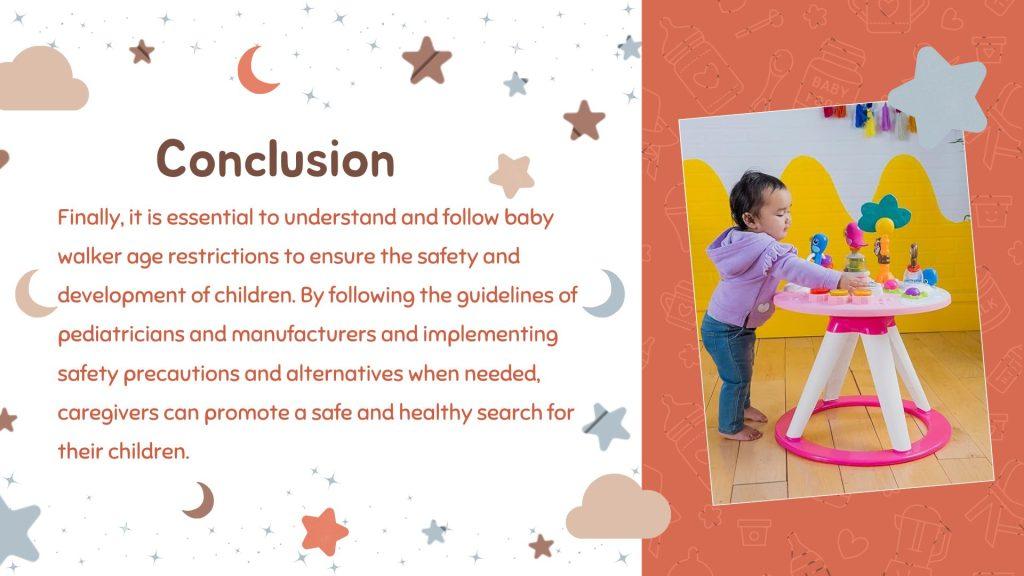
Table of Contents
Introduction:
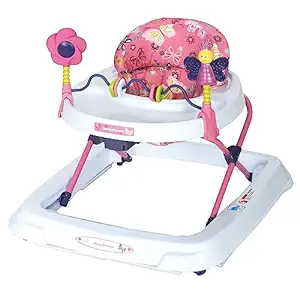
Understanding the age restrictions of baby walkers:
Baby walkers are popular devices designed to help babies explore their surroundings and learn to walk. However, it is essential to understand the age restrictions associated with their use to ensure the safety and development of children. This article provides a comprehensive insight into baby walker age restrictions and the importance of adhering to them.
Understanding the Purpose of Baby Walkers:
Baby walkers serve a variety of purposes. These include supporting early walking and encouraging exploration and movement in children. They provide stability and support to children. When they take their first steps and let them roam freely, It stimulates curiosity and discovery.
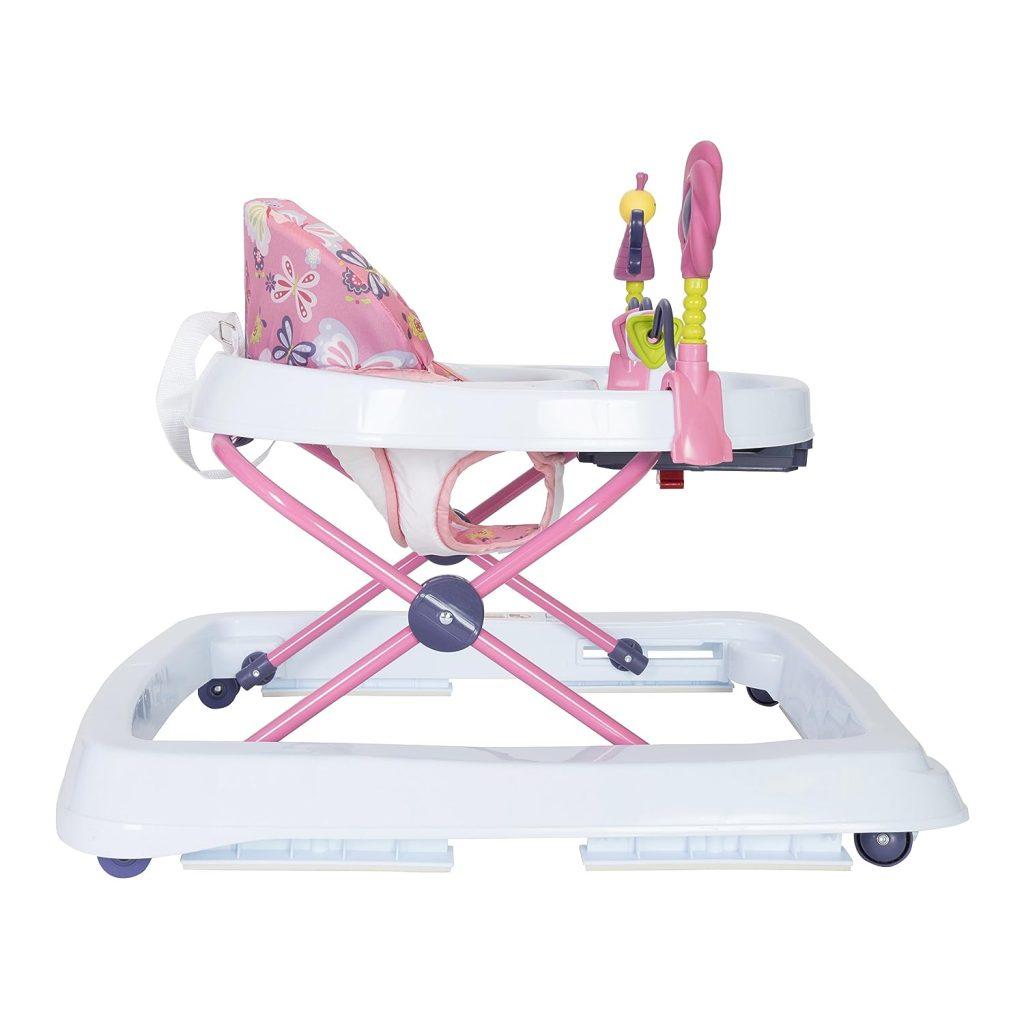
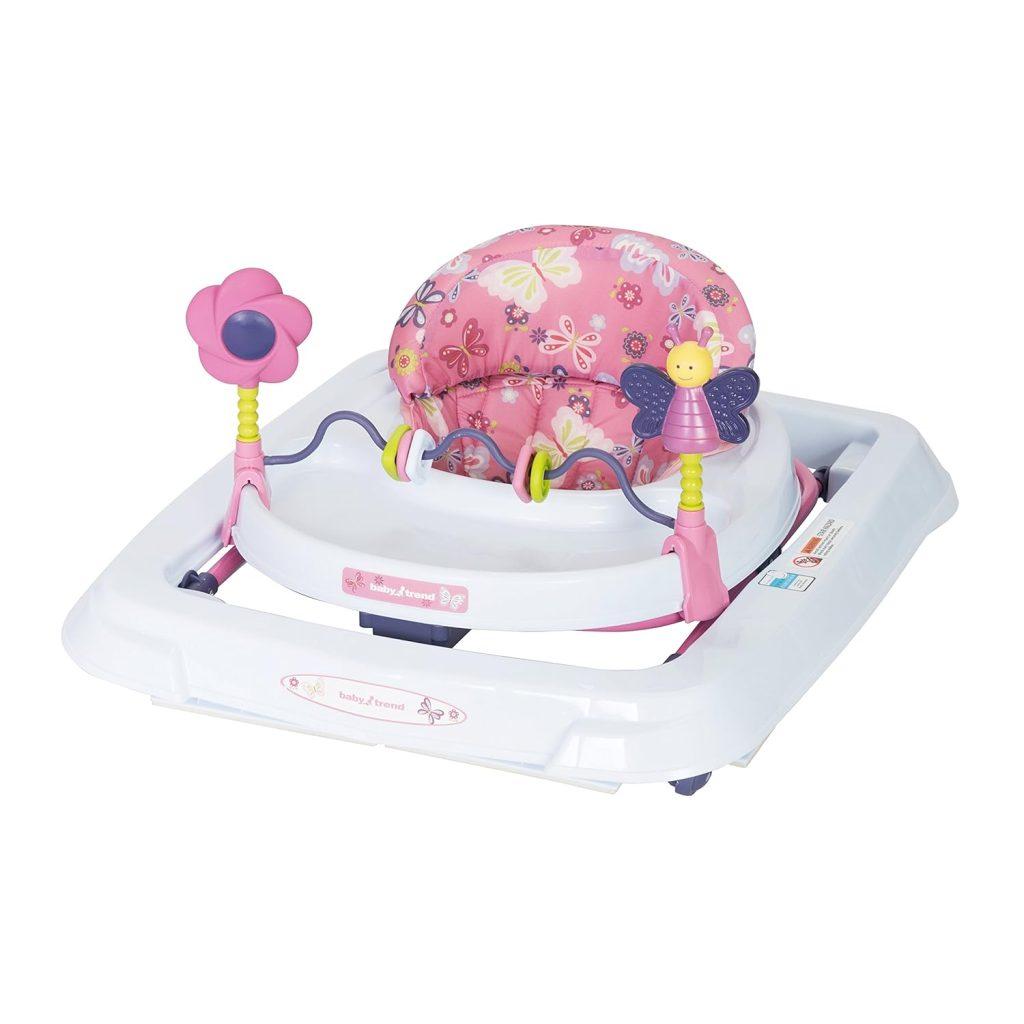
Support for early running:
Baby walkers offer physical support and stability. It helps children develop their walking skills by allowing them to practice standing and taking steps in a safe environment.
Exploration and Mobility:
These devices promote mobility and incidence in children. This allows them to move freely and explore their surroundings under the supervision of caregivers.

Risks Associated with 2 Baby Walkers
Despite their benefits, baby walkers pose some risks. These include accidental falls and increased access to hazards within the environment. It is essential to understand and mitigate these risks to ensure the safety of children.
Accidental waterfall:
Babies who use baby walkers may be at risk of falling. This can lead to injury or more severe injury. Monitoring is critical to prevent such accidents.
Increased access to risks:
Baby walkers can give children access to potentially dangerous areas or objects, such as stairs or sharp edges. This increases the risk of accidents. Caregivers must ensure a safe environment.
Development of Delay Motor Skills
Prolonged use of baby walkers can hinder the natural development of children’s motor skills, which can cause delays in reaching developmental milestones. It is essential to balance their use with other development activities.
Recommended age to introduce three baby walkers
Pediatricians and manufacturers recommend the appropriate age at which to introduce baby walkers to children. These guidelines must be followed to ensure safe and effective use.
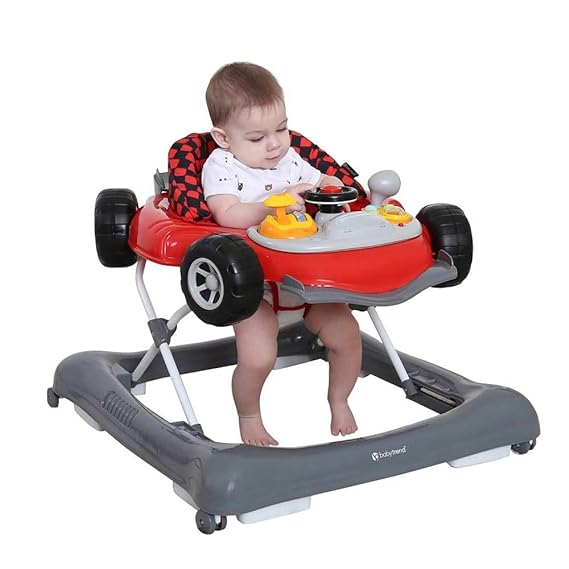
Recommendations for children:
Pediatricians often recommend waiting until then. As long as the baby can sit without support and has suitable head control before being introduced to the baby walkers,
Development milestones:
Children who can pull themselves up to stand and show interest in walking may be ready to use a baby walker, But individual development is different.
Manufacturer’s instructions:
Manufacturers typically define minimum and maximum age limits for their baby walker products by considering weight and height.
Common Misconceptions About Baby Walker Use
Many things need to be clarified about the use of baby walkers. This can affect the decisions of caregivers. It is essential to remove these misconceptions to promote informed consumption.
Accelerating the development of walking
Contrary to popular belief, baby walkers do not necessarily speed up the development of walking skills and may even hinder natural development if introduced too early.
Providing entertainment
Although baby walkers may seem entertaining for children, their primary purpose is to aid in movement and exploration rather than serve as recreational devices.
Promoting freedom
Using a baby walker does not necessarily promote children’s independence; providing a supportive and supervised environment for safe exploration is essential.
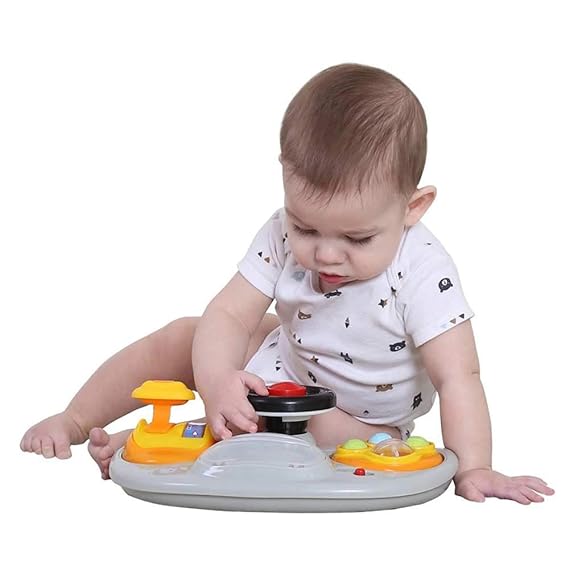
Factors Affecting the Appropriate Age for Baby Walker Use
Various factors affect the appropriate age to introduce baby walkers to children, including physical development, cognitive abilities, and safety precautions.
Physical development
The child’s physical development stage, such as muscle strength and coordination, plays a vital role in determining their readiness to use baby walkers.
Cognitive abilities
Children must have basic cognitive abilities to use baby walkers safely and effectively, such as understanding cause and effect.
Security precautions
Implementing safety precautions, such as monitoring and environmental changes, is essential when introducing baby walkers to children to prevent accidents and injuries.
Signs of preparation for the use of a baby walker
Some signs suggest that the baby may be ready to use the baby walker safely, Including strong neck and upper body control, willingness to stand and walk, and supervision by parents or caregivers.
Strong neck and upper body control.
Children holding their heads up and having reasonable upper body control are more likely to use a baby walker safely.
Willingness to stand and walk
Children who show interest in standing and walking. as manifested by attempts to lift themselves or step in with help, may be ready for a baby walker.
Parental or caregiver supervision
Parental supervision is required when introducing children to baby walkers. To ensure their safety and provide guidance when they are moving around.

Age restrictions and safety guidelines for baby walkers
This section provides specific age restrictions and safety guidelines recommended for using baby walkers, including compliance with the manufacturer’s recommendations and safety standards and regulations.
Manufacturer’s Age Recommendations.
Manufacturers typically define minimum and maximum age limits for their baby walker products based on weight and height.
Safety standards and regulations
Baby walkers must meet safety standards and regulations. To ensure that their design and manufacturing adhere to safety guidelines and minimize risks to children.
The Importance of Supervision
Parental supervision is the most important when children use baby walkers to prevent accidents and injuries and provide guidance and support as they explore their surroundings.
Alternatives to baby walkers for young children
There are alternative ways to promote movement and growth for children who may not be ready for a baby walker. Such as tummy time, stationary activity centers, push toys, and walkers for older children.
TIME
Tummy time is a beneficial activity for children that promotes motor skills development and strengthens the muscles needed to crawl and eventually walk.
Stationary Activity Centers
Stationary activity centers provide a safe and stimulating environment for children to explore and play. It stimulates the development of motor skills and sensory exploration.
Push Toys and Walkers
Push toys and walkers designed for older children offer support and encouragement for walking while promoting balance, coordination, and muscle strength.
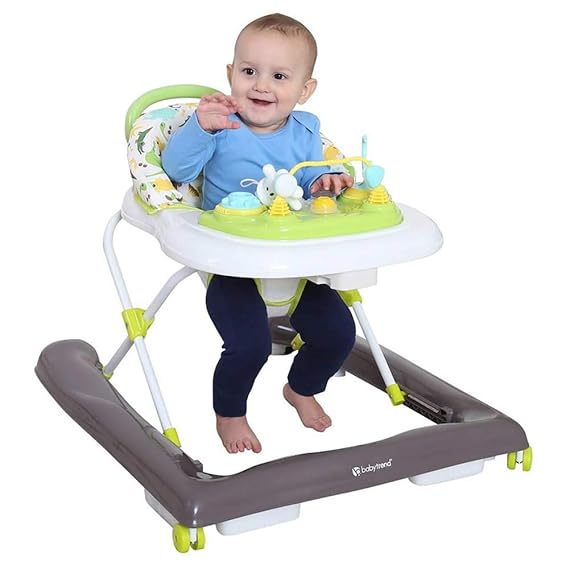
Advantages of age restrictions for the use of baby walkers
Adhering to age restrictions and safety guidelines when using a baby walker offers several benefits, including preventing accidents and injuries, facilitating natural growth, and promoting safe exploration.
Prevention of Accidents and Injuries
Adhering to age restrictions helps to prevent accidents and injuries associated with premature or inappropriate use of baby walkers. This ensures the safety of the children.
Facilitation of Natural Development
Using baby walkers at an appropriate age helps develop children’s motor skills and mobility. They can progress at their own pace.
Promotion of Safe Search
Respecting age-appropriate boundaries helps kids become more independent and explore safely. It provides kids with chances to develop in a safe setting.
Frequently Ask Questions ( FAQs )
When can my child start using a walker?
Babies who are able to sit up on their own and support their heads typically begin using walkers between the ages of 6 and 8 months. However, it’s crucial to speak with your pediatrician to find out if your child is developmentally ready for a walker.
Is there a maximum age at which one can use a baby walker?
The majority of kids outgrow the need for a walker when they begin to walk independently, which normally happens between the ages of 12 and 15 months, though there is no upper age restriction. It’s crucial to quit using a walker as soon as your child can walk independently in order to prevent mishaps.
Are there any safety considerations when it comes to older kids using walkers?
Using a walker for older children indeed raises safety issues. Due to their increased courage and activity, there is a greater chance of mishaps like tripping or hitting stairs or furniture.
If my child is crawling but not walking yet, can I still use a walker for them?
It’s important to wait until the child can walk independently before introducing a walker, even though some kids may express interest in one before then, as long as they have strong head control and are able to sit without help. Too early use of a walker can impede their normal growth and raise the risk.
Should I get my child’s permission from my pediatrician before giving them a walker?
Yes, it would be best if you always got your child’s pediatrician’s advice before giving them any new toys or gadgets, including walkers. Based on the unique requirements and developmental stage of your kid, your pediatrician can offer tailored guidance.
What are the possible dangers for kids who are older than the suggested age range when using a walker?
Children who use walkers beyond the advised age range run a higher risk of mishaps and injuries, such as dangling, falling, and being bumped. It may also impede their normal growth and postpone the development of critical motor abilities.
